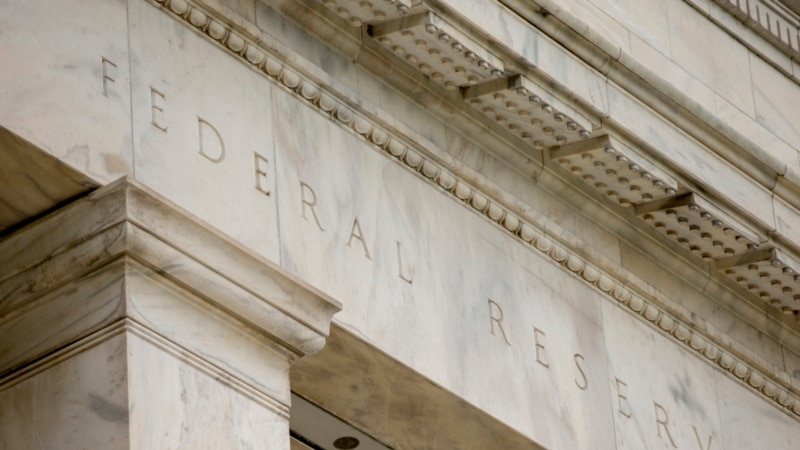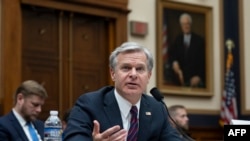The U.S. Federal Reserve cut its key interest rate by half a percentage point on Wednesday, an unusually large cut and a dramatic reversal two years after its first rate hike to combat inflation that made borrowing more expensive for consumers.
The rate cut, the first in more than four years, reflects the U.S. central bank’s desire to focus on shoring up the labor market, which has shown signs of weakening.
The move, just weeks before the presidential election, also has the potential to alter the economic outlook just as Americans prepare to cast their ballots.
The central bank’s decision will take the key interest rate to around 4.8 percent, down from a two-decade high of 5.3 percent, where it has been for 14 months as it struggled to curb the worst run of inflation in four decades.
Inflation has eased from a peak of 9.1% in mid-2022 to a three-year low of 2.5% in August, not far above the Fed’s 2% target.
Fed officials also said they expect to cut their key interest rate by an additional half-percentage point at their final two meetings of the year, scheduled for November and December. They expect four more cuts in 2025 and two more in 2026.
In a statement, the Fed came closer than it has in the past to declaring victory over inflation: It said it had “gained greater confidence that inflation is moving sustainably toward 2%.”
Even though the central bank now believes inflation is largely defeated, many Americans remain upset about high prices for groceries, gas and rents, among other things.
Former President Donald Trump blames the administration of President Joe Biden and Vice President Kamala Harris for causing inflationary surge. Harris, for her part, has said Trump’s promise to impose tariffs on all imports could further raise prices for consumers.
The Fed’s interest rate cuts should, over time, lower borrowing costs for mortgages, cars and credit cards, boosting Americans’ finances and supporting increased spending and growth.
Homeowners will be able to refinance their mortgages at lower rates, saving on their monthly payments, and may even be able to move credit card debt into lower-cost personal loans or home equity lines of credit. Businesses will also be able to borrow and invest more.
Average mortgage rates have already dropped to an 18-month low of 6.2 percent, according to Freddie Mac, leading to a surge in demand for refinancing.
Connect with the Voice of America! Subscribe to our channels YouTube, WhatsApp and the newsletter. Activate notifications and follow us on Facebook, X and Instagram.















Add Comment